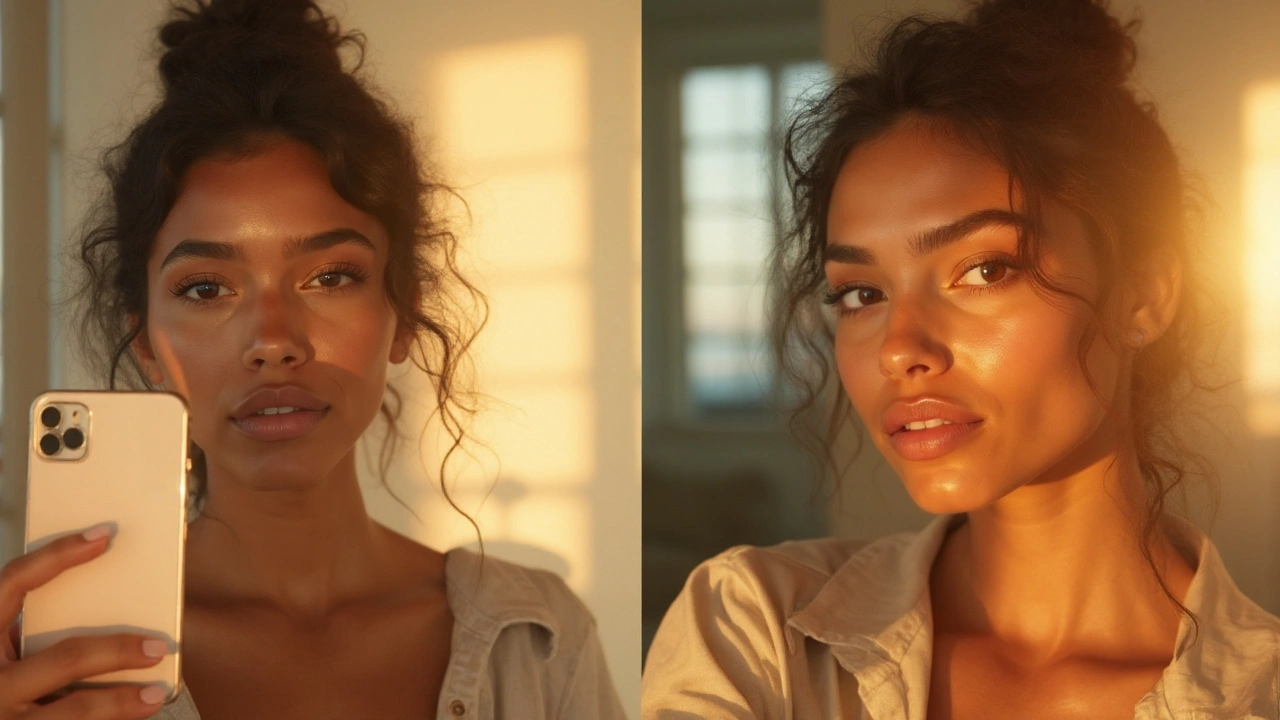Photo Filters vs Reality: What’s Really Happening to Your Pictures?
Ever scroll through Instagram and wonder why everyone’s feed looks so perfect? The secret is simple: filters. They boost colors, smooth skin, and add a vibe that the original shot never had. But when the filter fades, the real picture can look totally different. Understanding the gap between edited and raw helps you decide when to use a filter and when to keep it real.
Why Filters Work So Well
Filters aren’t magic; they’re just a set of preset adjustments. Most apps increase contrast, brighten highlights, and mute shadows. That makes the image pop on a small phone screen. The human brain loves bright, colorful scenes, so we automatically rate filtered photos as more appealing. In short, a filter tricks your eyes into seeing a cleaner, more exciting version of reality.
Spotting the Difference
If you want to tell whether a photo is heavily filtered, look for a few clues. First, check skin tones – a filter often makes them look too even or overly smooth. Second, notice if the background seems unusually bright or the colors are overly saturated. Third, zoom in; many filters add noise reduction that can blur fine details. When you spot these signs, you’ve likely found a filter at work.
Knowing these signs matters for more than just vanity. For filmmakers, marketers, and even casual creators, the line between authentic and artificial can affect credibility. A product shot that looks too glossy might raise doubts about the actual quality. A documentary that over‑filters people’s faces can feel manipulative. Use filters intentionally, not as a crutch.
Here’s a quick workflow to keep your images honest while still looking good:
- Start with a good base. Shoot in natural light when possible; you’ll need less editing later.
- Adjust exposure and white balance manually. Most apps let you tweak these before applying a filter.
- Pick a subtle filter. Aim for a version that enhances, not hides, the original.
- Fine‑tune the result. Reduce saturation a touch if it looks too neon, and sharpen edges only if they’re blurry.
- Save the unedited version. It’s a safety net if you ever need the raw image for a different platform.
By following these steps, you get the best of both worlds – a picture that looks great on social media but still feels true to what you captured. Remember, a filter should be a tool, not a mask.
When you share a photo, consider the story you want to tell. If the story is about a genuine moment, keep the edits light. If you’re aiming for a stylized mood, a stronger filter can work – just be clear that it’s a creative choice. Transparency builds trust, and trust keeps followers coming back.
Bottom line: filters are powerful, but they’re not a free pass to hide reality. Use them wisely, know when they’re pulling the curtain, and you’ll create images that look great and feel honest.
Wondering why Kendall’s face looks different? Here’s a clear 2025 guide to makeup, angles, filters, weight changes, and the signs people confuse with cosmetic work.
View More

